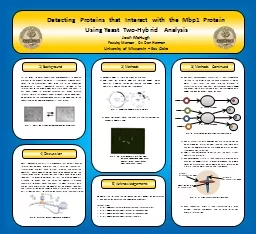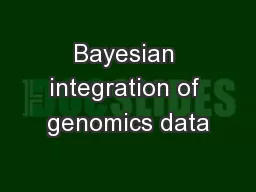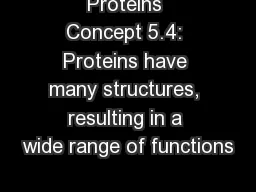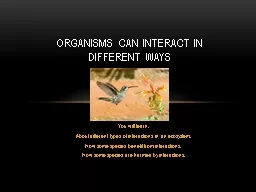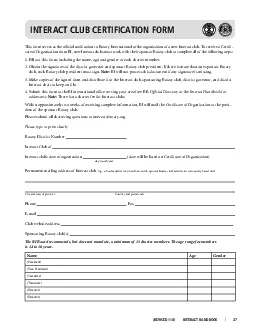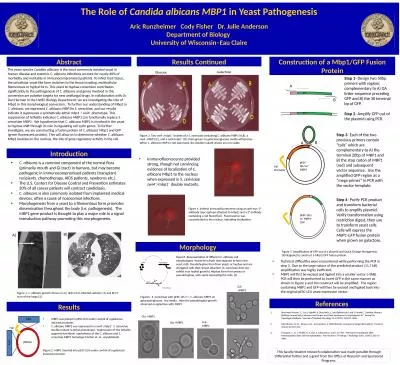PPT-Detecting Proteins that Interact with the Mbp1
Author : celsa-spraggs | Published Date : 2016-05-22
Protein Using Yeast TwoHybrid Analysis Josh McHugh Faculty Mentor Dr Dan Herman University of Wisconsin Eau Claire 1 Background 4 Discussion 2 Methods 5 Acknowledgements
Presentation Embed Code
Download Presentation
Download Presentation The PPT/PDF document "Detecting Proteins that Interact with th..." is the property of its rightful owner. Permission is granted to download and print the materials on this website for personal, non-commercial use only, and to display it on your personal computer provided you do not modify the materials and that you retain all copyright notices contained in the materials. By downloading content from our website, you accept the terms of this agreement.
Detecting Proteins that Interact with the Mbp1: Transcript
Download Rules Of Document
"Detecting Proteins that Interact with the Mbp1"The content belongs to its owner. You may download and print it for personal use, without modification, and keep all copyright notices. By downloading, you agree to these terms.
Related Documents

